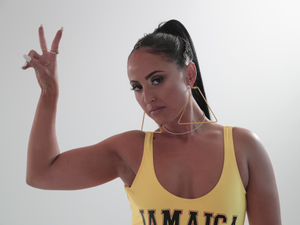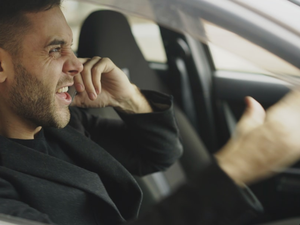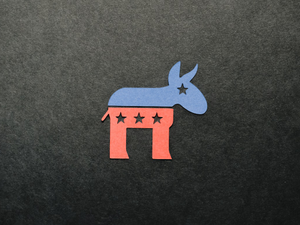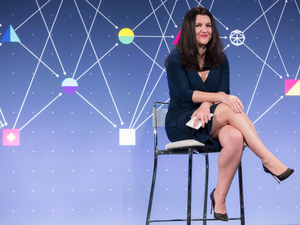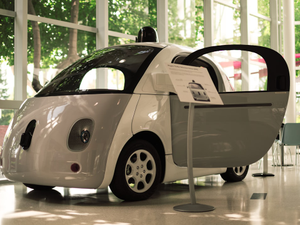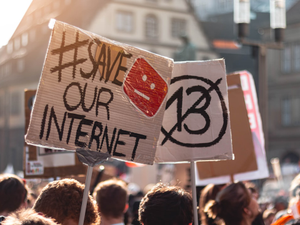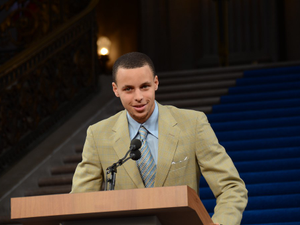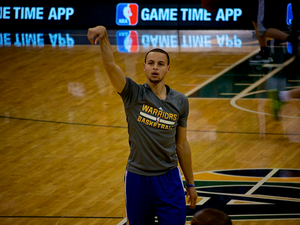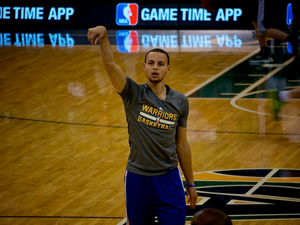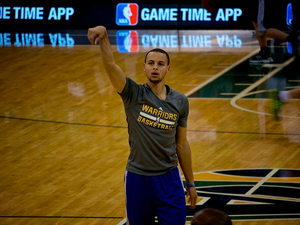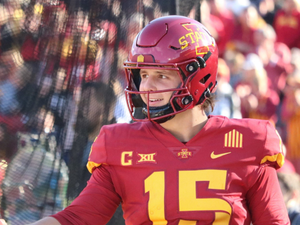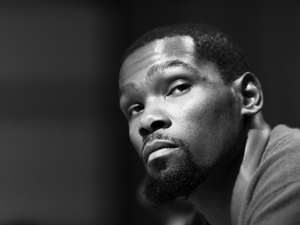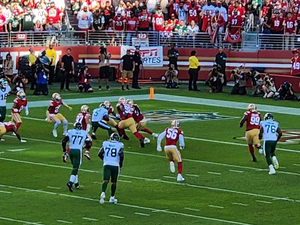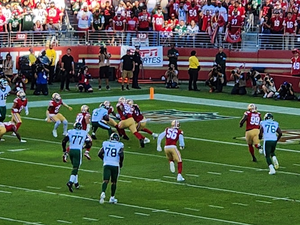How Dora the Explorer Slayed Representation and Became a Cultural Icon
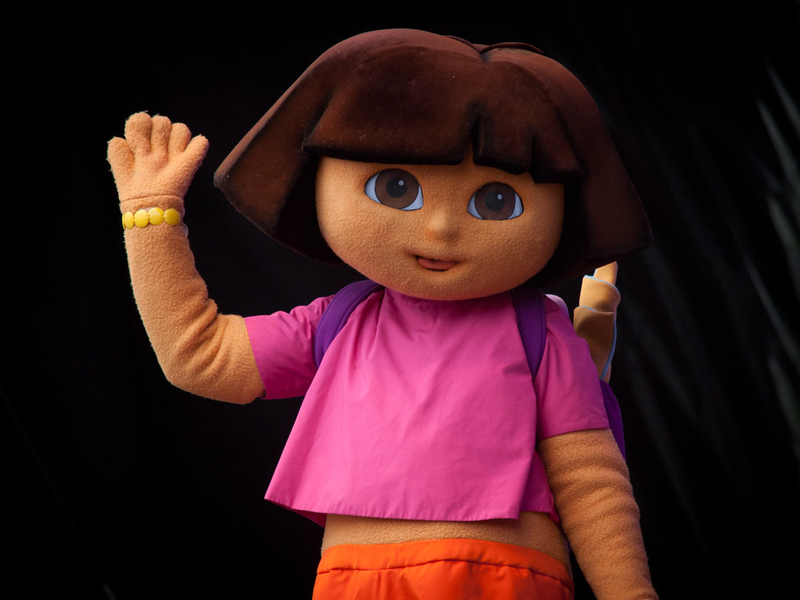
Photo by Håkan Dahlström | License
Strap in for a nostalgia trip that’s about to get real, fam. Twenty-five years ago, a pint-sized Latina with a killer bob and an infectious can-do attitude burst onto our screens, forever changing children’s television. “Dora the Explorer” didn’t just teach kids basic Spanish and problem-solving skills – she revolutionized representation in media.
Nickelodeon’s groundbreaking character became more than just a cartoon; she was a cultural phenomenon that empowered generations of kids. With her bilingual swagger and adventurous spirit, Dora challenged the status quo of who gets to be a hero in children’s entertainment.
More Than Just a Cartoon
The stats don’t lie. In 2024, Latino actors still only make up 9.8% of lead roles in scripted shows, despite representing nearly 20% of the population. Dora was – and remains – a vital representation milestone, breaking barriers before “diversity” became a buzzword.
A Legacy of Empowerment
From teaching Spanish to inspiring problem-solving skills, Dora’s impact extends far beyond her animated world. Her “I can do anything” attitude resonated with kids who rarely saw themselves as protagonists in mainstream media.
The Next Generation
Now, 25 years later, Dora continues to evolve. With a new live-action movie and ongoing animated series, she’s proving that representation isn’t just a moment – it’s a movement. As Brenda Victoria Castillo from the National Hispanic Media Coalition wisely said, “We need more Doras”.
So here’s to you, Dora – the explorer who taught us that curiosity, kindness, and cultural pride can change the world, one adventure at a time.
AUTHOR: cgp
SOURCE: NBC Bay Area









